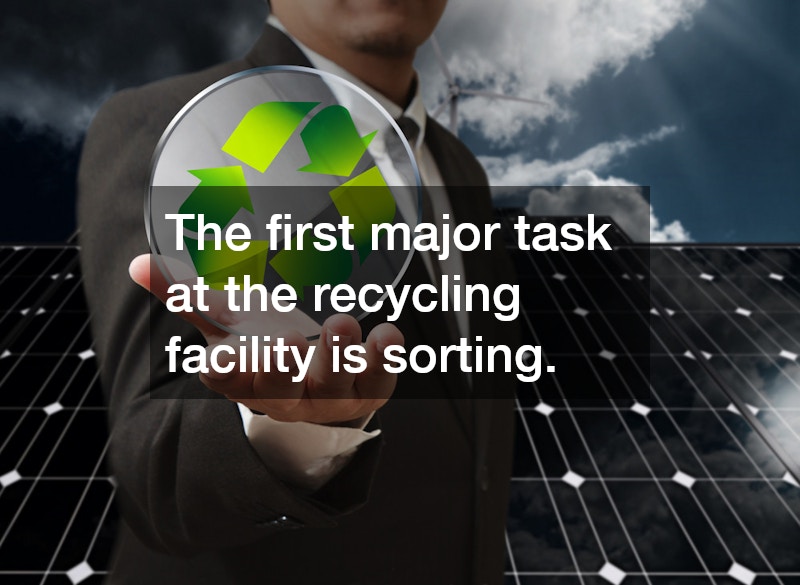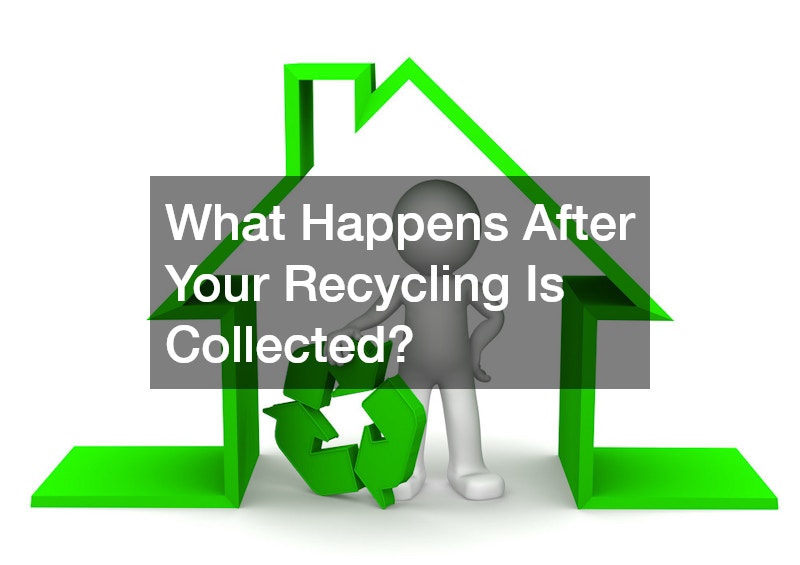
Recycling is a key part of reducing waste and conserving resources, but have you ever wondered what happens after your recycling is collected? Understanding the journey your recyclables take after being picked up by recycling services in Butte, MT, can give you greater appreciation for the role you play in protecting the environment. From sorting to processing, each step in the recycling process ensures that materials are repurposed and kept out of landfills. Here’s a closer look at what happens after your recycling is collected.
Step 1: Transportation to a Recycling Facility
Once your recyclables are collected by recycling services in Butte, MT, they are transported to a local recycling facility. At this facility, the materials are unloaded and prepared for the next stages of sorting and processing. Depending on the facility, the recyclables may be weighed and categorized by the type of material, such as paper, plastic, glass, or metals.
Step 2: Sorting the Materials
The first major task at the recycling facility is sorting. While many recycling programs require you to separate recyclables into different bins, some facilities sort the materials once they arrive. The recyclables are typically sorted by both machines and human workers to ensure materials are properly separated. Items like paper, cardboard, plastics, glass, and metals are divided into specific categories for further processing. Non-recyclable items, which may have accidentally been included, are removed at this stage to prevent contamination.
Step 3: Cleaning and Processing
After sorting, the materials are cleaned to remove any contaminants, such as food residue, labels, or dirt. This step is crucial because clean materials are easier to process and repurpose. After cleaning, the materials are broken down into smaller pieces or raw materials. For example, paper may be shredded into pulp, plastic bottles may be ground into pellets, and metals are melted down for reuse. These materials are then prepared for manufacturing into new products.
Step 4: Manufacturing New Products
Once processed, the recycled materials are sold to manufacturers who use them to create new products. Paper can be turned into new paper products, such as notebooks or packaging, while plastic may be used to produce new containers, clothing, or furniture. Metals and glass are often melted down and reformed into new products like cans or bottles. This cycle of repurposing materials helps reduce the demand for raw resources, conserving energy and minimizing waste.
Step 5: Reintroducing Recycled Materials to the Market
After new products are manufactured from recycled materials, they re-enter the market for consumers to use. Many of the products you buy every day, from packaging to furniture, may contain recycled content. By purchasing items made from recycled materials, you are closing the loop and helping to sustain the recycling system.
.


